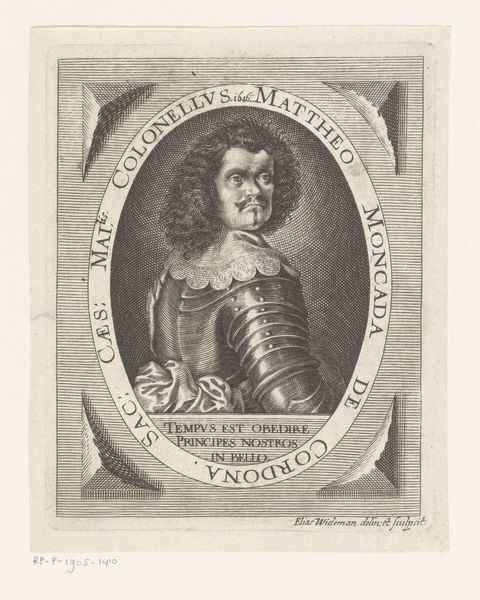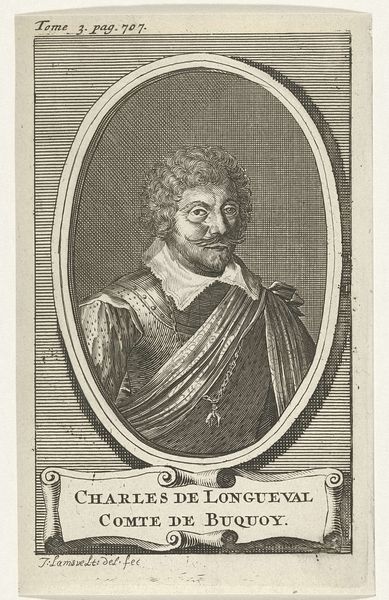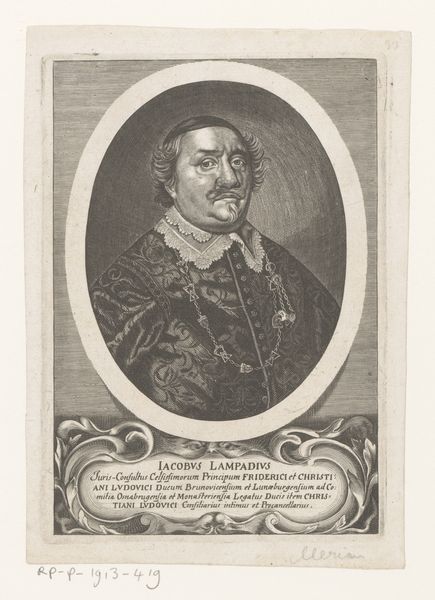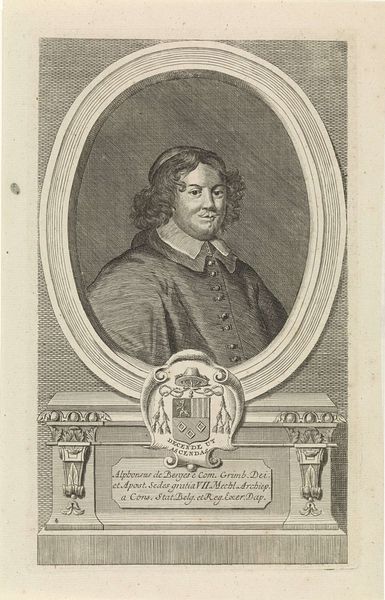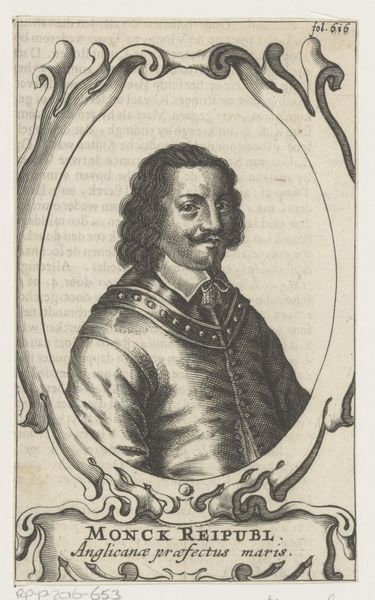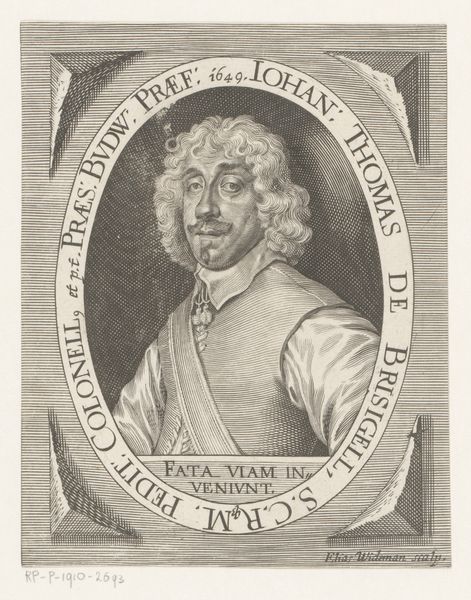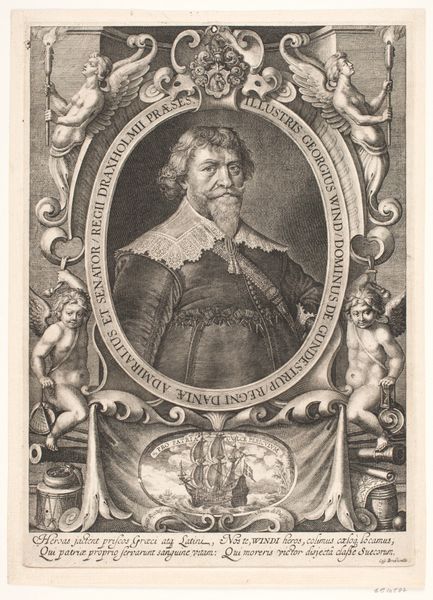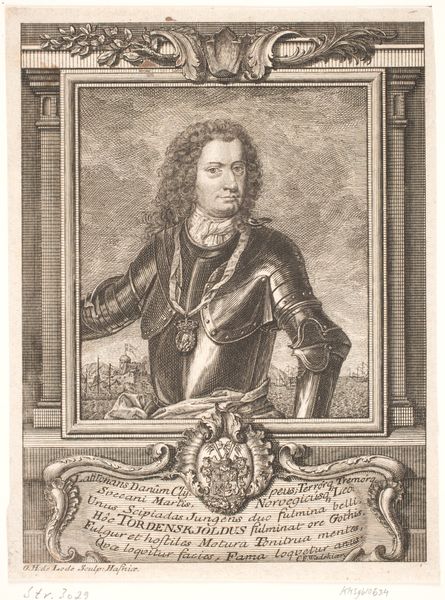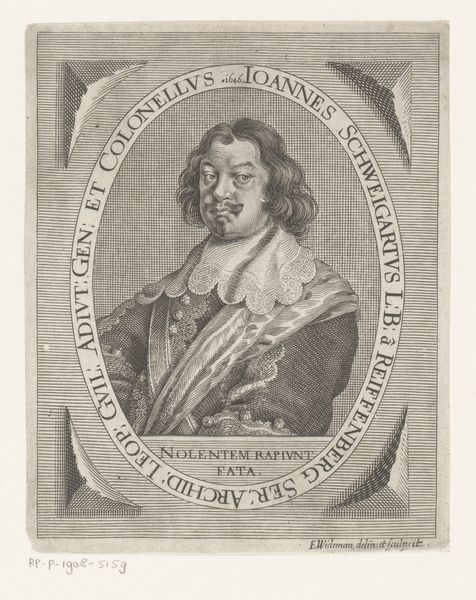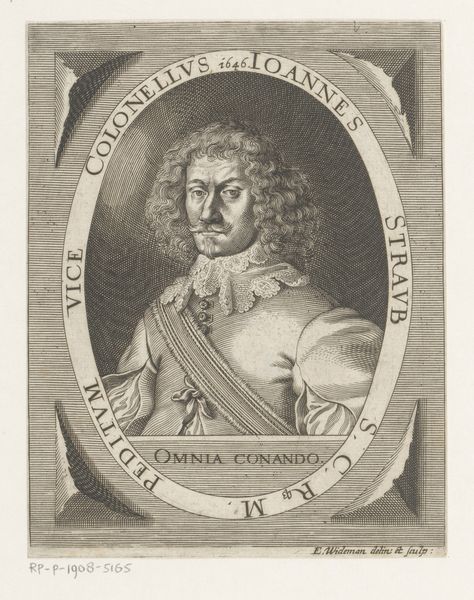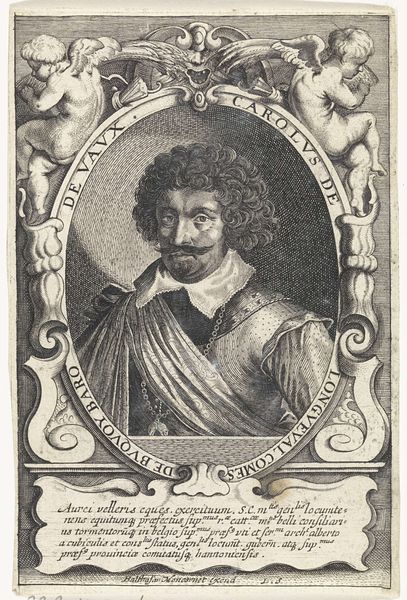
engraving
#
portrait
#
baroque
#
engraving
Dimensions: height 151 mm, width 117 mm
Copyright: Rijks Museum: Open Domain
Curator: Before us is "Portret van Johann Paroman," an engraving created in 1646 by Elias Widemann, currently residing at the Rijksmuseum. Editor: It strikes me immediately with its intense formality. The severe expression of the subject and the meticulous detail in the rendering feel quite rigid and almost unsettling. Curator: Indeed, Widemann's technique focuses on clear lines and tonal contrasts, shaping the face and highlighting the textures of fabric and metal. Observe the careful hatching that builds volume in the face and the polished surfaces of his armor. Editor: The historical context informs so much of that formality. In the 17th century, portraiture served a very different purpose than today. It projected power, status, and the sitter's place in society. Paroman’s military rank, hinted at by the armor and his stern visage, broadcast an image of authority during a period defined by conflict and rigid hierarchies. Curator: Precisely. Consider also how the artist uses framing to create depth, the way the oval and rectangular forms play against each other. There's also the inscription which encircles the portrait, further defining the boundaries of Paroman’s identity and legacy. The artist is emphasizing the construction of identity. Editor: It speaks to the burgeoning of print culture, as well. These images circulated widely, making figures like Paroman recognizable across vast networks, extending the reach of his influence far beyond any single location. He’s performing authority through reproduction. Curator: The interplay between line and shadow adds dimension and enhances the detail of textures such as lace and hair, but within this relatively muted palette it is also crucial to understand what signifiers create focal points and thus structure our view. The eye is consistently drawn back to Paroman's severe expression, set off by those strong areas of contrast. Editor: It’s remarkable how the engraving process allowed Widemann to achieve such meticulousness and reproduce these images for broader consumption. It makes me consider the complex dynamics of the Dutch Golden Age, with its military conflicts but also vibrant artistic production. Curator: Reflecting upon our exchange, I’m newly attuned to how artistic techniques can actively build identity. Editor: And I see how printmaking contributed to shaping public perceptions of leadership during this era.
Comments
No comments
Be the first to comment and join the conversation on the ultimate creative platform.

